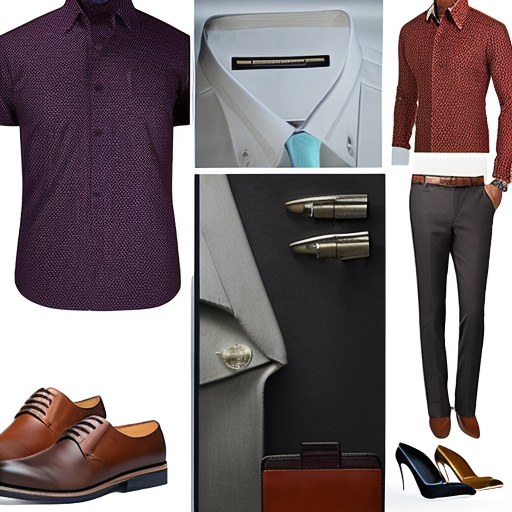Summary: Business casual is a dress code that combines elements of formal business attire with more relaxed and comfortable clothing. It is commonly adopted in professional settings that do not require strict formal attire. Business casual allows individuals to dress in a way that is both professional and comfortable, striking a balance between professionalism and personal style.
What is Business Casual?
Business casual is a dress code that falls between formal business attire and casual wear. It is typically adopted in professional settings, such as offices, where a more relaxed dress code is acceptable. Business casual attire allows individuals to dress in a way that is comfortable and reflects their personal style, while still maintaining a professional appearance.
Characteristics of Business Casual
Business casual attire typically includes a combination of formal and casual clothing items. While the specific requirements may vary depending on the company or industry, there are some common characteristics of business casual dress:
- Shirts: Men can wear collared shirts, such as button-downs or polo shirts, while women can wear blouses or tops that are not too revealing.
- Pants: Men can wear dress pants or khakis, while women can wear dress pants, skirts, or dresses that are knee-length or longer.
- Shoes: Closed-toe shoes are generally preferred, such as loafers or dress shoes for men, and flats or low heels for women.
- Accessories: Ties are usually not required for men, and accessories should be kept minimal and professional.
Benefits of Business Casual
Business casual attire offers several benefits for both employees and employers. Some of the key advantages include:
- Comfort: Business casual attire allows individuals to dress in a way that is more comfortable compared to formal business attire. This can contribute to increased productivity and overall well-being.
- Flexibility: Business casual dress codes provide individuals with more flexibility in their wardrobe choices, allowing them to express their personal style while still adhering to professional standards.
- Cost-effectiveness: Business casual attire often requires less investment compared to formal business attire. This can be beneficial for employees who may not have the financial means to purchase a full formal wardrobe.
- Modern and inclusive: Business casual dress codes are often seen as more modern and inclusive, as they allow for a wider range of clothing choices. This can help create a more diverse and inclusive work environment.
Guidelines for Business Casual
While business casual dress codes offer more flexibility, it is important to adhere to certain guidelines to maintain a professional appearance. Some general guidelines for business casual attire include:
- Avoid clothing that is too casual, such as jeans, t-shirts, or sneakers.
- Ensure clothing is clean, pressed, and in good condition.
- Avoid clothing that is too revealing or provocative.
- Pay attention to grooming and personal hygiene.
- Observe the dress code of the specific workplace or industry.
Conclusion
Business casual attire provides individuals with the opportunity to dress in a way that is both professional and comfortable. It allows for a more relaxed dress code in professional settings, striking a balance between formal business attire and casual wear. By adhering to certain guidelines and maintaining a professional appearance, individuals can embrace their personal style while still projecting a professional image.












